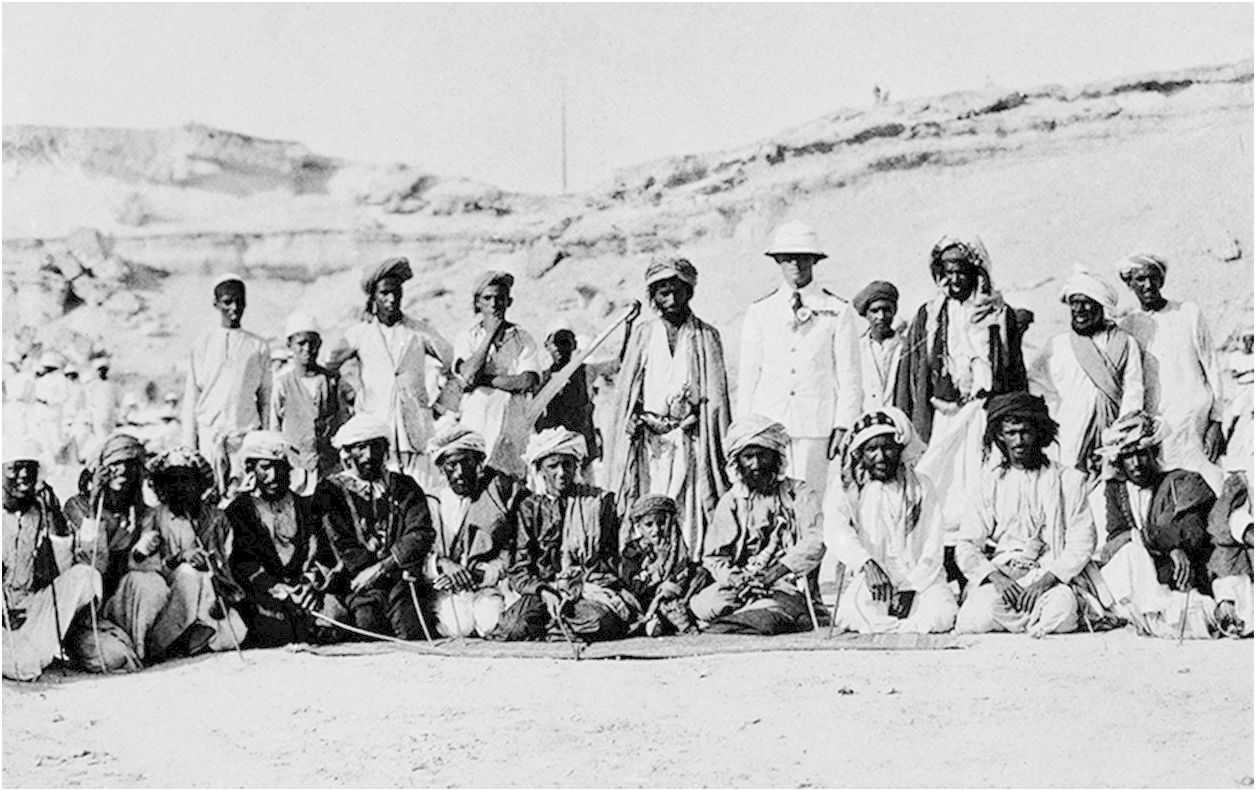
What were the Persian Tribal Uprisings of 1929? The Persian Tribal Uprisings of 1929 were a series of revolts by various tribal groups in Iran against the central government. These uprisings were driven by discontent with Reza Shah's modernization policies, which threatened traditional tribal lifestyles. The tribes, including the Bakhtiari, Qashqai, and Lurs, sought to maintain their autonomy and resist the centralization efforts. The conflicts were marked by skirmishes, guerrilla tactics, and significant resistance. Despite their efforts, the central government eventually suppressed the uprisings, solidifying Reza Shah's control over the country. This period highlighted the tension between modernization and tradition in early 20th-century Iran.
Key Takeaways:
- The Persian Tribal Uprisings of 1929 were a series of revolts by tribal groups in Iran against the central government, driven by economic hardships and resistance to modernization efforts.
- The uprisings had a lasting impact on Iranian society, leading to increased centralization of power, weakening of traditional tribal structures, and attracting attention from foreign powers.
Background of the Persian Tribal Uprisings of 1929
The Persian Tribal Uprisings of 1929 were a series of revolts by various tribal groups in Iran against the central government. These uprisings were driven by a mix of political, social, and economic factors. Understanding these events provides insight into the complexities of early 20th-century Iran.
- The uprisings occurred during the reign of Reza Shah Pahlavi, who sought to modernize and centralize Iran.
- Many tribal leaders opposed Reza Shah's policies, fearing loss of autonomy and traditional privileges.
- The Qashqai, Bakhtiari, and Lur tribes were among the most prominent groups involved in the revolts.
- Economic hardships, including drought and famine, exacerbated tensions between the tribes and the government.
- Reza Shah's military campaigns against the tribes were part of his broader efforts to consolidate power.
Key Events and Battles
Several key events and battles defined the Persian Tribal Uprisings of 1929. These confrontations highlighted the determination of the tribes and the government's resolve to maintain control.
- The Battle of Firuzabad was a significant clash between government forces and the Qashqai tribe.
- In the Battle of Yasuj, the Bakhtiari tribe fiercely resisted government troops.
- The Lur tribes launched a series of guerrilla attacks, disrupting government supply lines.
- Government forces employed modern weaponry, including artillery and machine guns, to suppress the uprisings.
- Despite initial successes, the tribal forces were eventually overwhelmed by the better-equipped government troops.
Impact on Iranian Society
The Persian Tribal Uprisings of 1929 had lasting effects on Iranian society, influencing the country's political landscape and social dynamics.
- The suppression of the uprisings led to increased centralization of power under Reza Shah.
- Many tribal leaders were arrested or executed, weakening traditional power structures.
- The government's victory reinforced the authority of the central government over the provinces.
- Reza Shah implemented policies to integrate the tribes into the national economy, reducing their independence.
- The uprisings highlighted the deep-seated tensions between the central government and the tribal regions.
International Reactions
The Persian Tribal Uprisings of 1929 attracted attention from foreign powers, who had vested interests in Iran's stability and resources.
- The British government closely monitored the uprisings, concerned about the impact on their oil interests in Iran.
- The Soviet Union viewed the uprisings as an opportunity to expand its influence in the region.
- Foreign media coverage of the uprisings varied, with some outlets portraying the tribes as noble rebels and others as bandits.
- Diplomatic efforts were made by foreign powers to mediate between the tribes and the Iranian government.
- The uprisings underscored the strategic importance of Iran in the geopolitical landscape of the time.
Legacy of the Uprisings
The legacy of the Persian Tribal Uprisings of 1929 continues to be felt in Iran's political and cultural history.
- The uprisings are remembered as a symbol of resistance against centralization and modernization efforts.
- Tribal folklore and oral histories preserve the memory of the uprisings and their leaders.
- The events of 1929 influenced subsequent tribal revolts and resistance movements in Iran.
- Historians debate the long-term impact of the uprisings on Iran's development and modernization.
- The Persian Tribal Uprisings of 1929 remain a significant chapter in the history of Iran's struggle for unity and identity.
Final Glimpse at Persian Tribal Uprisings of 1929
The Persian Tribal Uprisings of 1929 were a pivotal moment in Iran's history. These uprisings showcased the tension between the central government and various tribal factions. The Qashqai, Bakhtiari, and Kurdish tribes played significant roles in these conflicts, each with unique motivations and grievances. Reza Shah's efforts to modernize and centralize Iran often clashed with the traditional ways of these tribes, leading to widespread unrest. Understanding these uprisings helps us appreciate the complexities of Iran's path to modernization. It also highlights the resilience and determination of the tribal communities. These events remind us that history is not just about dates and battles but about the people and their struggles. The Persian Tribal Uprisings are a testament to the enduring spirit of Iran's diverse cultural landscape.
Frequently Asked Questions
Was this page helpful?
Our commitment to delivering trustworthy and engaging content is at the heart of what we do. Each fact on our site is contributed by real users like you, bringing a wealth of diverse insights and information. To ensure the highest standards of accuracy and reliability, our dedicated editors meticulously review each submission. This process guarantees that the facts we share are not only fascinating but also credible. Trust in our commitment to quality and authenticity as you explore and learn with us.
